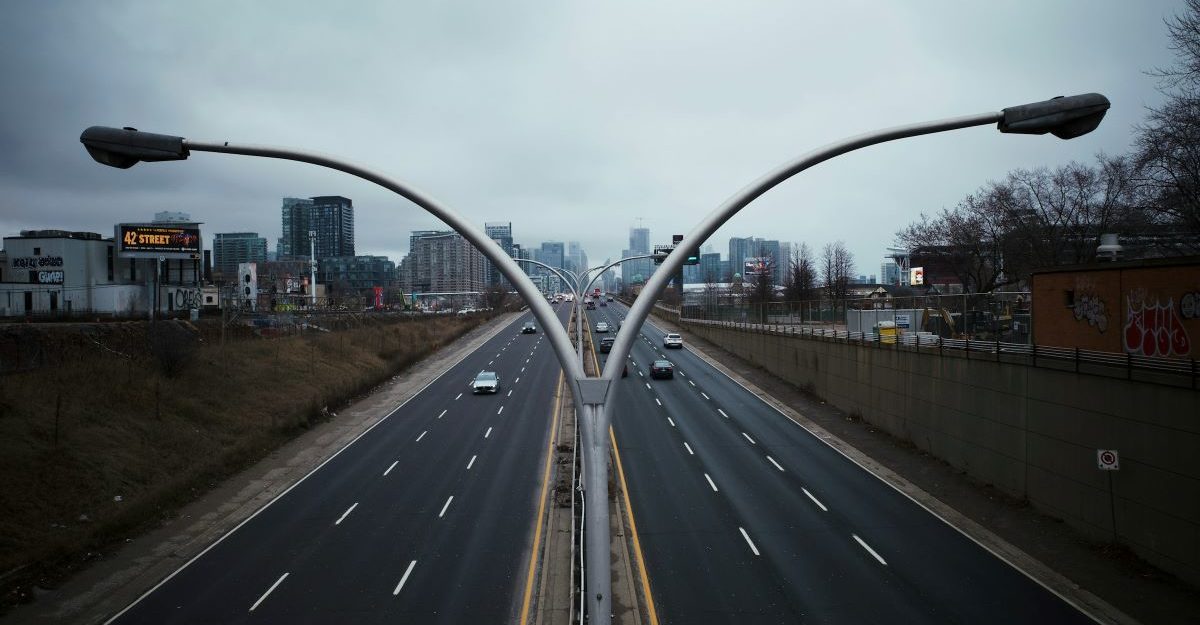Ontario increasing speed limit on 400-series highways

The Ontario government has announced a significant change in speed limits on several provincial highways, effective July 12. This move will see speed limits increased to 110 km/h on key sections across both northern and southern parts of the province, impacting over 250 km of Highway 401 in areas around Kingston and Belleville, as well as several other major routes.
This decision builds upon a previous increase implemented in 2022 and is intended to bring the speed limits in line with those in other Canadian provinces.
Key details
- Permanent change: The speed limit will be raised from 100 km/h to 110 km/h on ten sections of provincial highways across both northern and southern Ontario.
- Evidence-based decision: This increase aligns with findings that “most of Ontario’s highways were originally designed… [for] 110 km/h,” said Minister of Transportation, Prabmeet Sarkaria. He stated that the data support these speed limits as safe and practical.
- Alignment with other provinces: The adjustment is consistent with speed limits in other jurisdictions across Canada, including Alberta, Manitoba, New Brunswick, Nova Scotia, and Saskatchewan, where the maximum speed limit is 110 km/h. In British Columbia, it goes up to 120 km/h.
Specific sections affected
- Highway 401 will see expanded 110 km/h zones from Tilbury to the Quebec boundary, covering large stretches including from Hwy 35/115 to Cobourg, Colborne to Belleville, and Belleville to Kingston.
- Highway 403 adjustments include the segments from Woodstock to Brantford and from Brantford to Hamilton.
- Highway 406 and Highway 416 will also see increases on stretches from Thorold to Welland and from Hwy 401 to Ottawa, respectively.
- Highway 69 from Sudbury to French River will also be updated.
What to do if you’re injured in a car accident on Ontario’s 400-series highways
With higher speed limits in place, there is a potential for more severe accidents. If you find yourself injured in a car accident on one of Ontario’s 400-series highways, here are steps you should take:
- Seek Medical Attention: Your health is the top priority. Ensure that you and anyone else involved receive the necessary medical care.
- Report the Accident: Contact the police immediately. An official report is crucial, especially for legal purposes and for dealing with insurance claims.
- Document Everything: Take photographs of the accident scene, your injuries, and any damages. Collect contact information from witnesses and other parties involved in the accident.
- Contact Your Insurance Company: Inform your insurer about the accident. However, be cautious about the details you share before speaking with a lawyer.
- Consult a Lawyer: Contact a personal injury lawyer at Samfiru Tumarkin LLP who specializes in Ontario car accidents. We can navigate the complexities of your case, ensuring your rights are protected and you receive the compensation you deserve.
At Samfiru Tumarkin LLP, we understand the challenges that arise following a highway accident, particularly on Ontario’s 400-series highways where speeds are high and accidents can be severe. Our team of experienced personal injury lawyers is prepared to provide the guidance and advocacy needed to secure the best possible outcome for your case. Whether you’re dealing with insurance claims or pursuing compensation for injuries, our lawyers are here to help.
Remember, the decisions you make after an accident are crucial. Protecting your rights and ensuring a thorough investigation of the incident can significantly impact the compensation you may receive. For expert advice and representation, do not hesitate to contact Samfiru Tumarkin LLP.
Contact Canada’s most positively-reviewed insurance and disability law firm today at 1-855-821-5900 for a free personal injury consultation.



